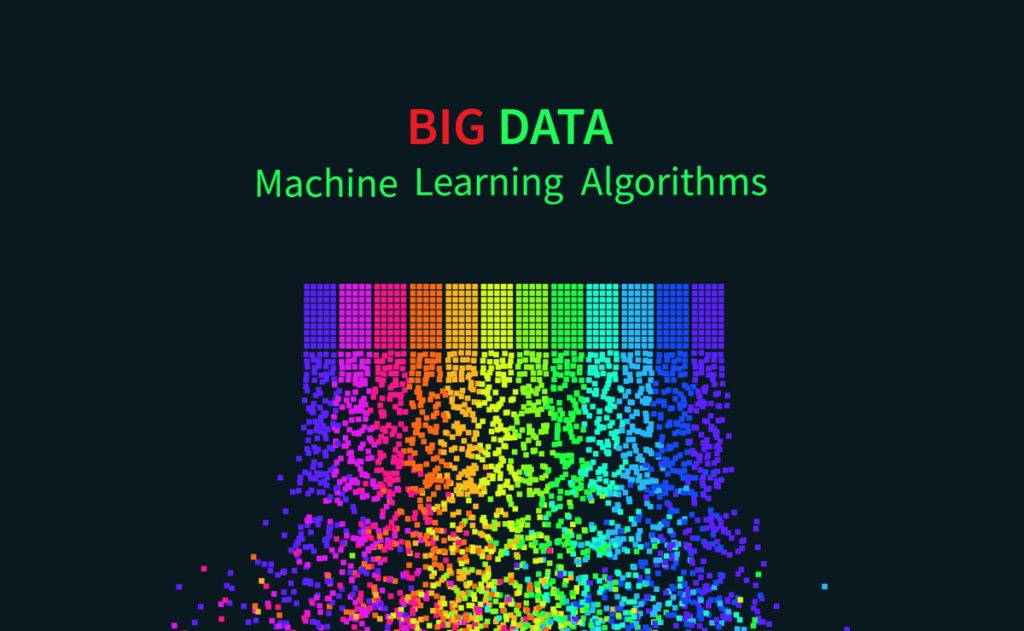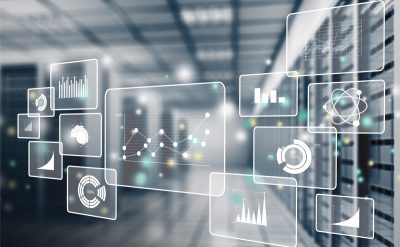In the previous blog part, we learned that machine learning and big data are the IT industry’s top ingredients. So, count the initial paragraph as the revision or fresh piece of learning if you haven’t taken a look at part I.
These two terms are the reason for the success of many companies. The chief executives favor embracing these technologies as they help store, process, and analyze valuable percentage from the massive volume of data. However, collecting and storing data can be complicated, so machine learning helps simplify this puzzle.
Data is a blessing for machine learning systems. The more data a machine learning system gets, the more it has the potential to function better for businesses. Therefore, the usage of machine learning for big data analytics is a relevant step for companies to increase the potential of big data adoption.
“Big data is at the foundation of all of the megatrends that are happening today, from social to mobile to the cloud to gaming.” – Chris Lynch, the famous American Writer of books written for young people.
Let us deeply analyze the use of machine learning in creating big data.
Machine learning power action on big data
Machine learning gives efficient and automated tools for data gathering, analysis, and processing. It practices cloud computing and shows up the ability to ingest, process, and integrate large amounts of data regardless of the source. We already learned that machine learning applies to every big data operation element, including data simulation, data analysis, and segmentation.
All these three stages get categorized and packaged into an understandable format. The amalgamation of machine learning and big data is a never-ending loop. It is also the power of machine learning that the algorithms created for a particular purpose are monitored and updated at fixed intervals.
Previously we spoke about a few cases. Here are some more instances of how machine learning can be put to analyze big data.
Use Cases of machine learning using big data
Understanding audience
Since the target audience is significant for every business, enterprises need to conduct market research to analyze people’s choices and behavior. Machine learning intervenes here by using supervised and unsupervised algorithms to interpret consumer patterns and behaviors.
Industries think it viable to use machine learning to know the likes and dislikes of the targeted audiences. For example, at an e-commerce website, it is easy to find out which product and category have got maximum hits, thanks to machine learning.
Web scrapping
It is about analyzing the heaps of data to extract and assemble the relevant data. In contrast to what the world thinks about the product, it is essential to determine what the target audience feels as customer feedback and product review.
By aggregating this data and offering it to a deep-learning model, the manufacturer learns ways to improve and better comprehend its products, resulting in increased sales.
Recognized fraud
Ad fraud is the biggest problem in the advertising industry. The statistics claim that 30–40% of the ad industry activity is fraudulent.
The machine learning algorithms fight all that by recognizing patterns in Big Data, checking the credibility, and ultimately blocking them before the users hit them, and trash the current system and the data.
Machine learning algorithm tracks ad activity and blocks the sources of fraud.
Chatbots analysis
The conversational user interface or chatbots is the most use case of big data and machine learning. With the implementation of machine learning algorithms, it becomes easy for a chatbot to understand a particular customer’s preference based on previous interactions.
Amazon’s Alexa and Apple’s Siri are well-known artificial intelligence tools that understand machine learning algorithms.
With the instances and use cases in both the blogs, we have learned that big data offers us access to more information and machine learning improves the problem-solving capacity.
So, both these terms have improved our ability to scale the entire business world. To maintain a good balance, it is required that industries like finance, education, and automotive work on optimizing the data. It might be a call for better tools or approaches that help comprehend data more straightforwardly.
If you are hungry for more on the subject, I suggest you download our latest whitepapers on big data and machine learning.













